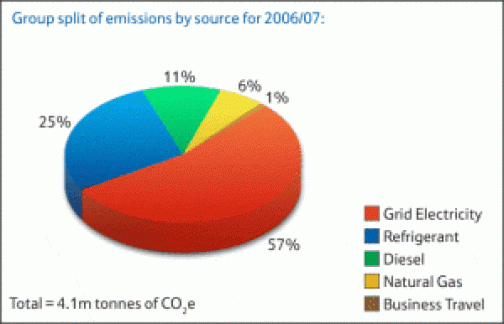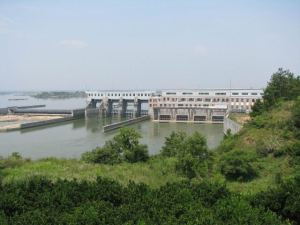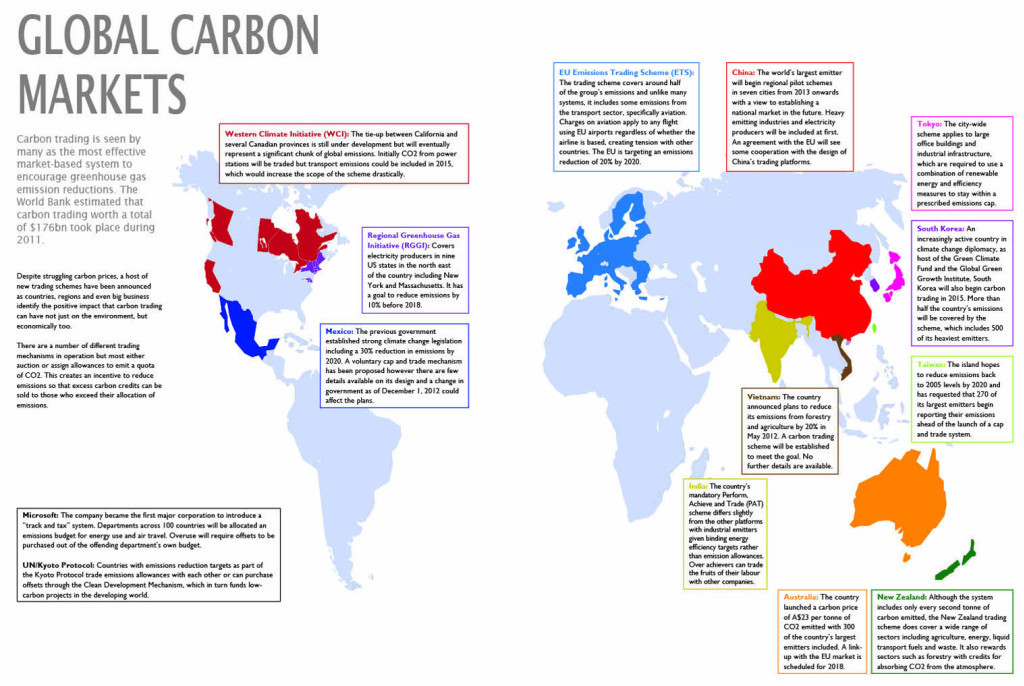Carbon Footprinting
Carbon Footprinting
To gain an understanding of your companies current CO2 emissions, we will calculate them and provide it in a clearly arranged Carbon Footprint Report. By mapping out the CO2 emissions of your organisation, product or services, it becomes clear where the main causes of your CO2 emissions are located. In the following text below, we refer to a Carbon Footprint for an entire country, but the method and results are also applicable for a specific product or an event.
The calculation of the footprint is done by means of an inventory form. This form contains the amount of resources that your company has used during a specific year, and has chosen to incorporate in its Carbon Footprint*. The form is completed by your organisation with our assistance if necessary. During the calculation, China Carbon works with the most recent national and international recognised emission values that are applicable for you. For example, a kWh of electricity use in the UK has a different CO2 emittance as a KWH in Germany in any given year.
WHAT IT DOES
By evaluating your carbon footprint report, you will immediately see where the main emitters of CO2 emission are located within your organisation. For example, does the CO2 emissions of your organisation originate primarily in electricity, mobility, or production? This understanding provides a basis for developing cost-effective carbon reduction strategies for your carbon footprint. In addition, a Carbon Footprint also serves as a baseline scenario: once emission strategies are implemented, the CO2 footprint during the next year indicates the emission reduction that has been achieved.
SCOPE AND BOUNDARIES
The first step for a company is to define its organisational boundaries to determine what it owns and/or controls. Operational boundaries are necessary to differentiate between direct emissions due to the activities of the company in question and indirect emissions from the value chain. Those emissions can be produced by different entities such as material and waste management suppliers, employees or customers. A company’s emissions are therefore classified into three scopes:
Scope 1: direct emissions.
All the GHG emissions directly linked to the manufacturing of the planes, or to any other company activities such as the emissions from company owned vehicles.
Scope 2: indirect emissions from the purchase of electricity
All the GHG emissions from the purchased electricity that is used to power the factories but also the offices.Carbon Footprint 1
Scope 3: all the other indirect emissions
Emission linked to the supply chain and the activities surrounding manufacturing such as:
Production of the purchased material, products and services for the manufacturing
Building construction, vehicles and other extended-life, company owned assets
Waste treatment
Commercial Transport
Employee commuting
Business travel
Transport
Use by airlines
- Region: Global
- Country: Global
- {{ error }}
- Request sent successfully.






